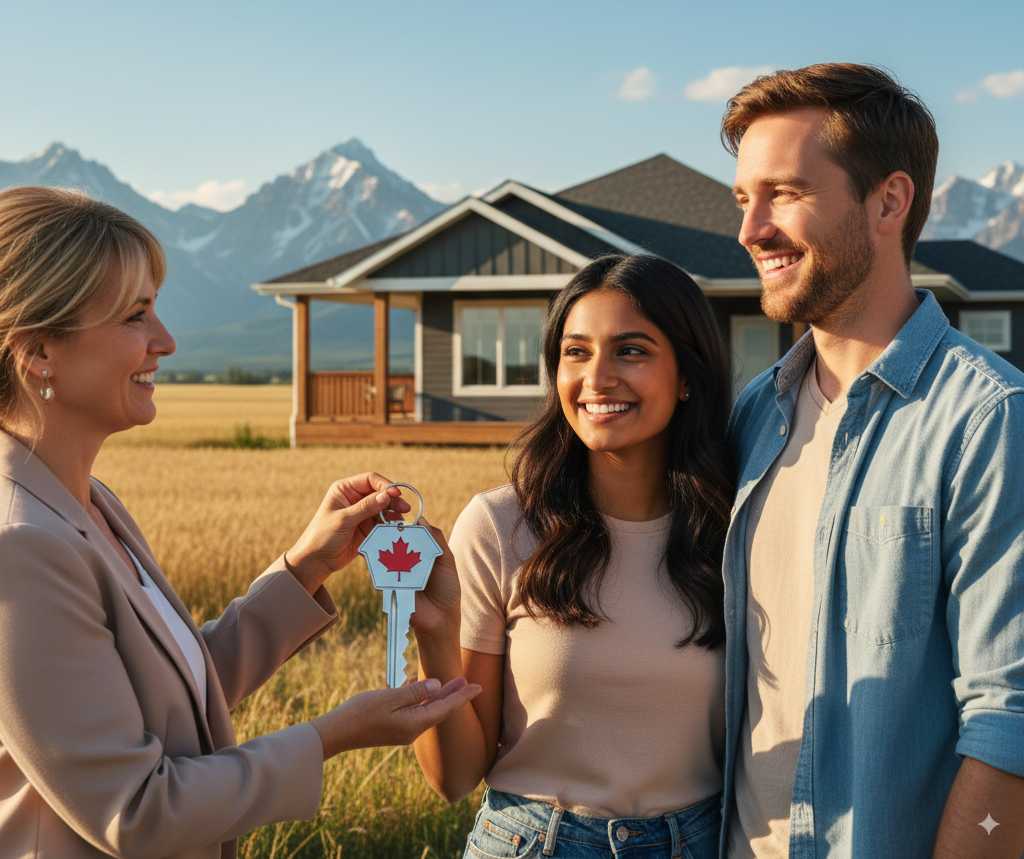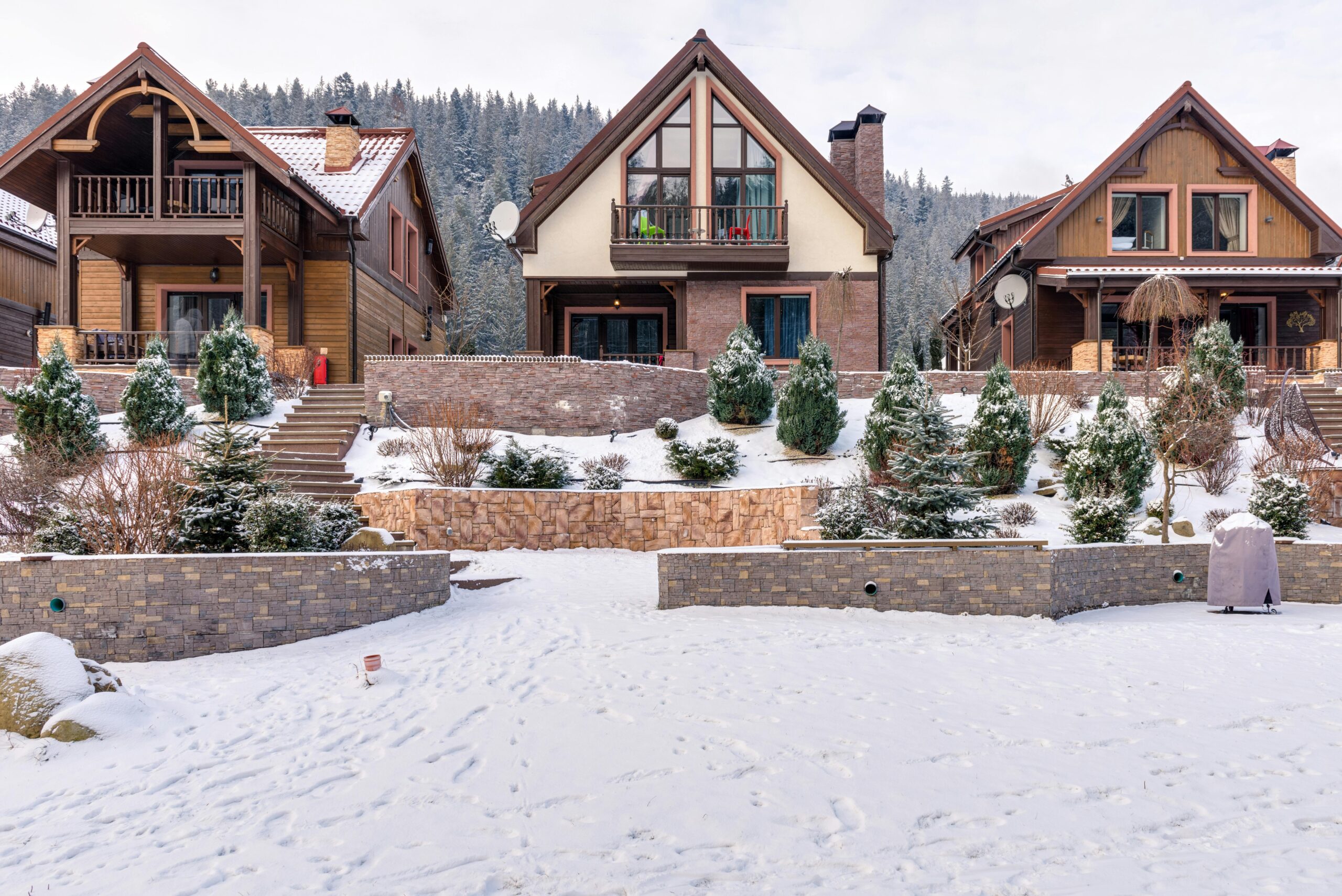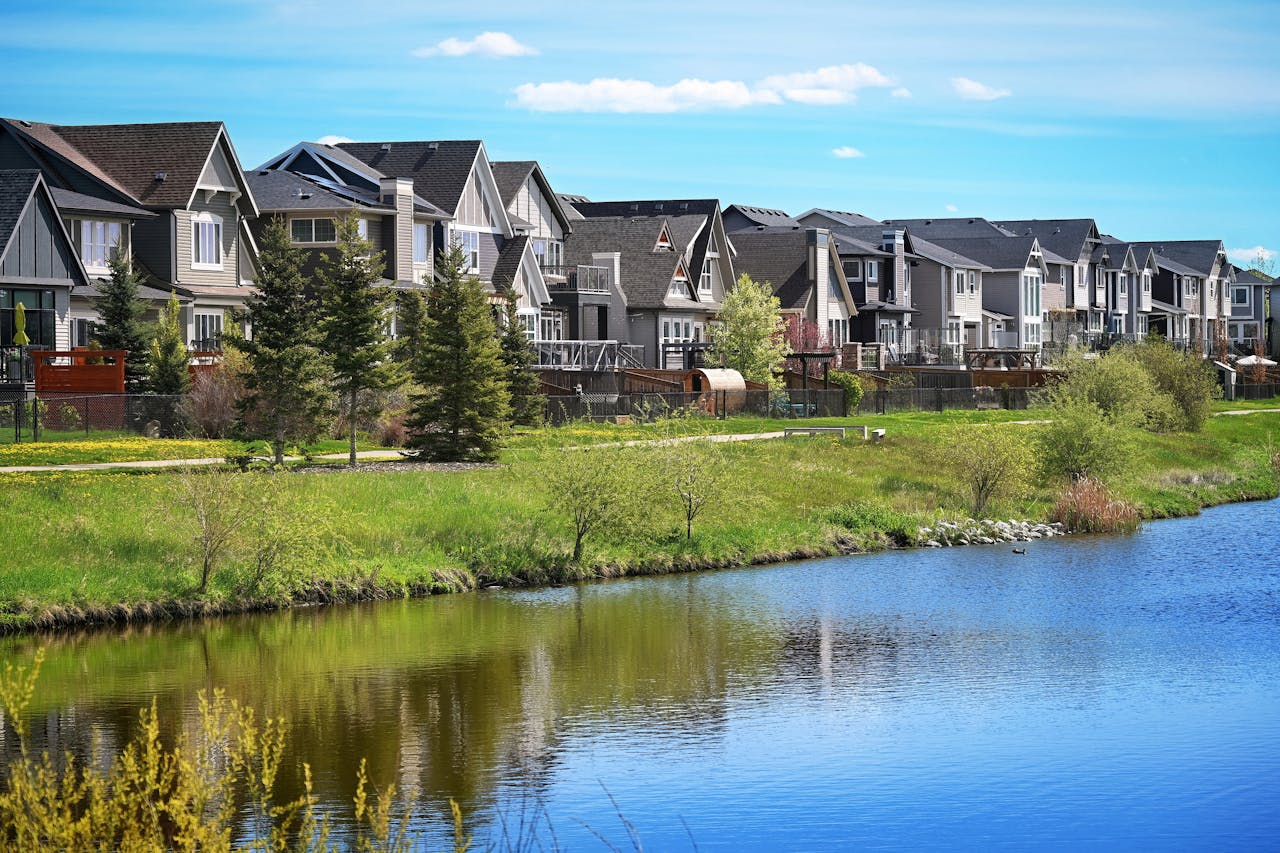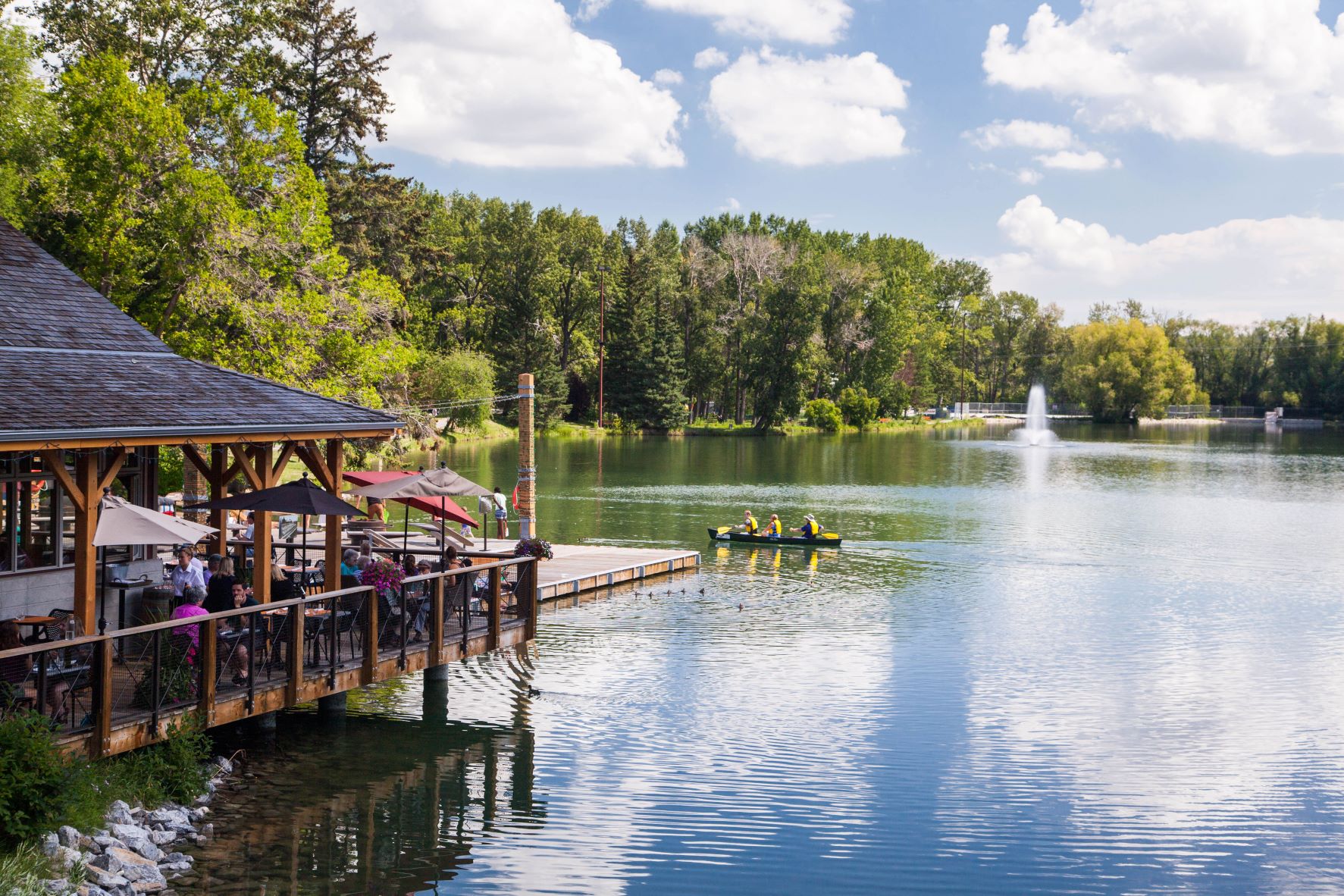Picture this: After months of house hunting, you finally find your dream home. The layout is perfect, the price is right, and you’re ready to make an offer. But six months after moving in, you realize you’ve made a crucial mistake – the neighborhood doesn’t fit your lifestyle at all. The commute is draining, there’s no community vibe, and those amazing restaurants you thought were nearby? They’re not quite walking distance after all.
Choosing the right neighborhood is just as important as selecting the perfect home – sometimes even more so. While you can renovate a kitchen or add a bathroom, you can’t change your neighborhood’s location, culture, or community spirit.
That’s why we’ve created this comprehensive guide to help you find not just a house, but a true home in a neighborhood that matches your lifestyle perfectly. Whether you’re prioritizing family-friendly features, seeking a vibrant community atmosphere, or focusing on investment potential, we’ll walk you through the essential factors that make a neighborhood the right fit for you.
In this guide, you’ll discover:
- How to evaluate neighborhood safety beyond basic crime statistics
- What makes a truly walkable community with the right amenities
- Ways to research school districts effectively
- Tips for spotting signs of a strong, engaged community
- Methods to predict a neighborhood’s future growth and value
Let’s dive into everything you need to know about choosing a neighborhood that you’ll love calling home – not just for now, but for years to come.
Safety and Location: The Foundation of Your Neighborhood Search
When it comes to choosing the right neighborhood to live in, safety and location aren’t just checkboxes – they’re the cornerstones of your daily life. Here are some simple ways to evaluate these crucial factors that will impact your everyday experience.
Understanding Neighborhood Safety
Gone are the days of relying solely on word-of-mouth about neighborhood safety. Today’s homebuyers have access to sophisticated tools and data to make informed decisions. Start by checking local crime statistics through your city’s police department website or reliable crime mapping services. But remember, numbers don’t tell the whole story.
Pro tip:
Visit your potential neighborhood at different times of the day. A street that’s peaceful at noon might tell a different story at 10 PM. Look for these key safety indicators:
- Well-lit streets and maintained sidewalks
- Active neighborhood watch programs
- Visible police presence
- Engaged neighbors and community activities
- Properties with good upkeep
"In my 20 years as a community safety consultant, I've found that the most reliable indicators of a safe neighborhood aren't just crime statistics – they're the visible signs of community engagement like well-maintained properties and active neighborhood watch programs."
Sarah Chen, Urban Safety Specialist at Community First Consulting. Tweet
Location and Accessibility: Making Daily Life Easier
Your dream neighborhood should make life more convenient, not more complicated. Consider the following ways that a location fits into your daily routine:
Commute and Transportation
Think beyond just distance – analyze your actual commute time during rush hour. A neighborhood 15 miles away might be a shorter commute than one that’s 5 miles away but requires battling heavy traffic. Look for:
- Multiple route options to key destinations
- Public transportation accessibility
- Bike lanes and walking paths
- Proximity to major highways
- Reliable rideshare availability
Walkability: The Key to Convenience
A walkable neighborhood can transform your daily lifestyle. The best neighborhoods to live in often score high on walkability, offering easy access to:
- Grocery stores and pharmacies
- Coffee shops and restaurants
- Parks and green spaces
- Basic services like banks and dry cleaners
- Medical facilities

Education Excellence: More Than Just Test Scores
When evaluating school districts, consider what makes a truly great school district;
- Diverse academic programs and extracurriculars
- Strong parent-teacher communication
- Special education services
- Modern facilities and technology
- Before and after-school programs
Even if you don’t have children, remember that good schools typically indicate a stable, family-friendly neighborhood – a key factor in maintaining property values.
Essential Amenities That Enhance Daily Living
The right mix of amenities can transform a good neighborhood into a great one. Look for these community features that could add value to your lifestyle:
Recreation and Wellness
- Well-maintained parks and green spaces
- Walking and biking trails
- Fitness centers and sports facilities
- Community pools or recreation centers
- Dog parks and playgrounds
Shopping and Services
- Quality grocery stores
- Local restaurants and cafes
- Medical facilities and pharmacies
- Personal services (salons, dry cleaners)
- Retail options for daily needs
Cultural and Entertainment Options
Consider what makes a neighborhood vibrant after hours:
- Local libraries and bookstores
- Arts and cultural centers
- Movie theaters or entertainment venues
- Farmers markets and community events
- Unique local businesses
Remember: The perfect balance of amenities varies for everyone. A young professional might prioritize proximity to restaurants and nightlife, while a family might focus on parks and educational resources.
Future Growth: Spotting Tomorrow's Hot Neighborhood
Smart homebuyers look beyond current conditions to future potential. Here’s what to research:
Development Indicators
- New business openings
- Infrastructure improvements
- Public transportation expansions
- School renovations or construction
- Zoning changes
Property Value Trends
- Historical price appreciation
- Recent sale prices
- Average days on market
- New construction activity
- Renovation patterns
HOA and Community Guidelines
If applicable, understand:
- HOA fees and what they cover
- Community rules and restrictions
- Maintenance requirements
- Future assessment plans
- Governance structure
Pro tip:
Request copies of recent HOA meeting minutes to understand current issues and future plans.
"The biggest mistake homebuyers make is focusing solely on current amenities. Smart buyers look at the neighborhood's five-year development plan. A moderately-priced area with planned improvements often offers better long-term value than an already-established neighborhood."
Michael Rodriguez, Real Estate Investment Analyst at Urban Growth Partners. Tweet
Making Your Decision: Your Path to the Perfect Neighborhood
When you’re ready to make that final choice about where to live, it’s crucial to weigh all the factors we’ve discussed. Let’s break down how to make this important decision with a checklist.
Final Evaluation Checklist
Before making your decision, consider these key points:
- Does the neighborhood safety record align with your comfort level?
- Are your must-have amenities within easy reach?
- How well do the schools match your family’s needs?
- Will your commute time be manageable long-term?
- Does the community vibe resonate with your lifestyle?
Red Flags to Watch For
Be alert to these warning signs:
- High number of properties for sale
- Declining property values
- Poor property maintenance
- Limited or closing businesses
- Lack of community engagement
Frequently Asked Questions
How long should I research a neighborhood before making a decision?
Ideally, spend at least 2-3 months researching your target neighborhood. Visit at different times of day, talk to locals, and gather data about property values and development plans.
What are the most important safety features to look for?
Focus on well-lit streets, active neighborhood watch programs, proximity to emergency services, and low crime statistics. Also pay attention to traffic safety measures, especially if you have children.
How can I find out about future development plans?
Check your city’s planning department website, attend local council meetings, and review the neighborhood’s master plan. Local real estate agents can also provide insights about upcoming developments.
Should I prioritize school districts if I don’t have children?
Yes! Good schools typically indicate a stable neighborhood and help maintain property values, making them important even if you don’t plan to use them personally.
What’s the best time to visit a potential neighborhood?
Visit during different times of day and various days of the week. Include both weekdays and weekends to get a complete picture of traffic, noise levels, and community activity.
Next Steps...
If you are ready to start your neighborhood search, contact us for a personalized consultation to find your perfect community match on (403)-472-3909 today!





